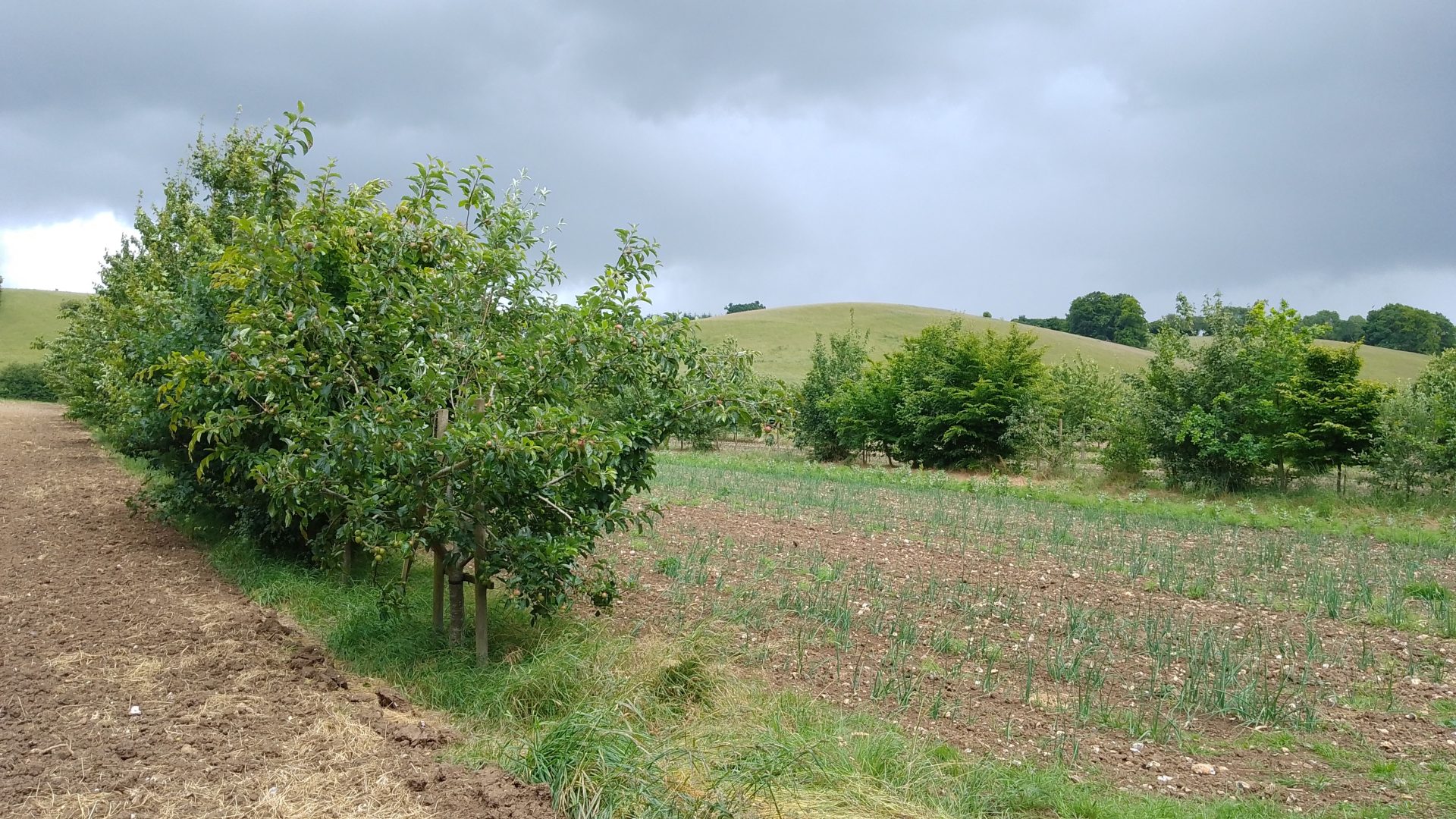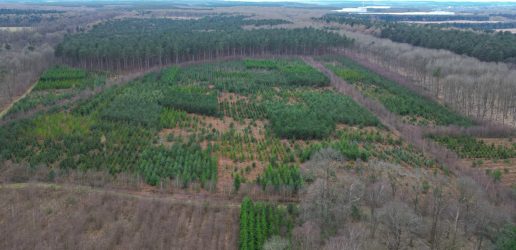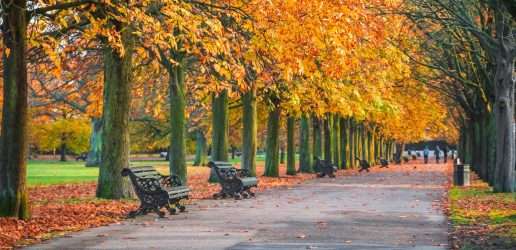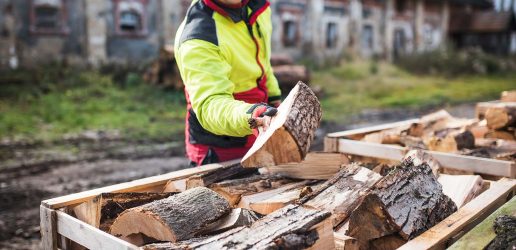Forest Research, in partnership with the University of Reading, have created a tree species guide that identifies 33 species of trees and shrubs suitable for planting on agricultural land.

The Tree Species Guide for UK Agroforestry Systems is designed to help farmers to select the species of trees that will work for the individual needs and site conditions of their farms. It includes factors such as tree height, canopy cover, growth rate, and resilience to pests, diseases, and climate and site tolerances. This will ensure that the right trees are planted in the right places, allowing farmers to reap the many benefits they will provide for generations to come.
Trees within agroforestry systems can offer a range of benefits, including protecting natural resources like soil, storing carbon, diversifying farm products with timber, fruits and nuts, and providing shade and shelter to livestock. Flowering trees such as plum, cherry and apple support pollinators and birds, and provide fruit. Hornbeam trees are suitable for arable or pasture lowland farms and can produce specialised timber. Walnut trees are tolerant of warmer climates, and can produce nuts and benefit livestock, and alder trees are able to capture nitrogen to help improve soil health and, ultimately, forage grassland. Trees store carbon, so helping to reduce the effects of climate change.
Alice Broome, Senior Scientist at Forest Research adds: “The tree species guide is there for farmers to help select tree species that might be suitable for their farms. The guide will support farm advisors working with farmers designing agroforestry systems. It’s also for policymakers and other advocates of agroforestry in Britain. Agroforestry delivers many benefits as a land use and is a great way to increase the amount of trees across the country, helping to meet our net zero targets.”
Developed by Forest Research and the University of Reading, the guide is supported by the Defra Nature for Climate Fund.
Recent News
View All news
Seventeen coniferous tree species show early promise for future commercial timber production in the UK
Researchers have set up a network of nine large scale experiments across the UK to test the suitability of 17 tree species as potential alternatives for future commercial timber production.
Forest Research are looking for people involved in the harvesting, processing, transport, import, or trade of firewood in Scotland to complete an important survey.

New guide to help local authorities conduct a people survey on the social value of their treescapes
A new step-by-step guide to help local authorities, charities and civic societies carry out a people survey to understand social and cultural values related to trees in their area, is now available.

Seventeen coniferous tree species show early promise for future commercial timber production in the UK
Researchers have set up a network of nine large scale experiments across the UK to test the suitability of 17 tree species as potential alternatives for future commercial timber production.
Forest Research are looking for people involved in the harvesting, processing, transport, import, or trade of firewood in Scotland to complete an important survey.

New guide to help local authorities conduct a people survey on the social value of their treescapes
A new step-by-step guide to help local authorities, charities and civic societies carry out a people survey to understand social and cultural values related to trees in their area, is now available.

